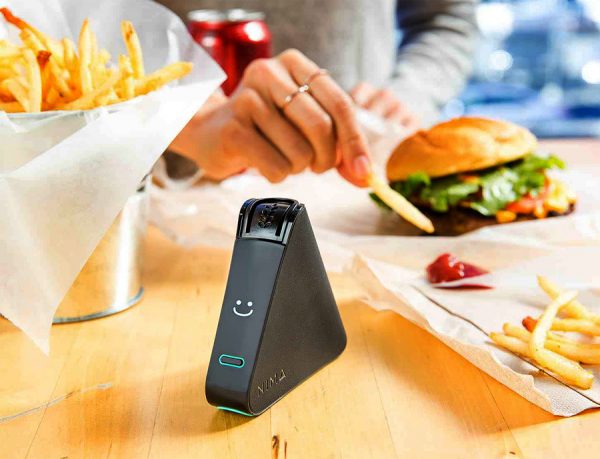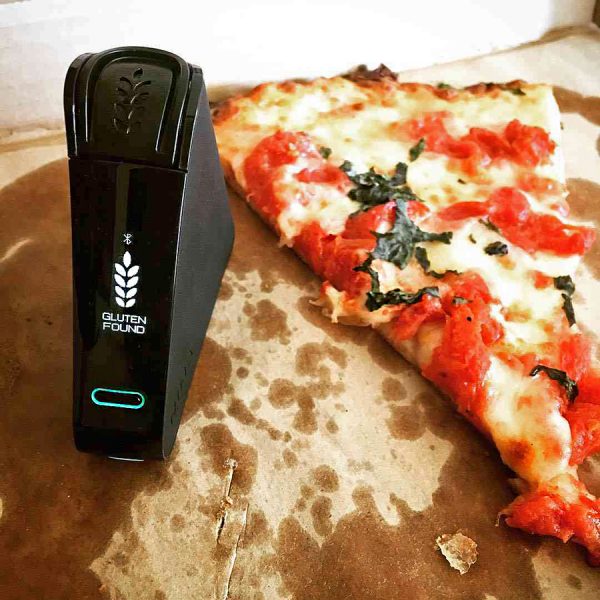For people with celiac disease, an autoimmune condition for which there is no cure, eating gluten-free isn’t just a way of life. It is life, considering a mere 20 ppm of gluten is all it takes to trip an immune response. Enter Nima, a portable gluten sensor that tests food for the presence of gluten exceeding the threshold of safety for celiacs.
The unit, which retails for $279 ($229 at the time of this posting), comes with three test vials, a micro-USB recharging cable and a carrying pouch, which fits in a purse or pocket. The unit measures 3.5 inches wide and 3.1 inches high and has bluetooth connectivity so it can synch to your smartphone. Users can contribute their test results to the Nima community using a free Nima app, which also provides a list of Nima-tested restaurants.
To test for the presence of gluten, users put a sample of food – liquid or solid – into a vial and insert the vial into the device. In three minutes, a wheat icon and a “gluten detected” warning will warn users if their food is not safe to consume; a smile icon gives diners the go-ahead.
Nima works using a combination of chemistry and sensors, and the vials are not reusable. Subscriptions are available for $59.95 per month for 12 capsules or $61.95 for 12 vials every other month. Those who eat restaurant or processed food often can opt for the $116.94, 24-capsule plan per month. Some foods – soy sauce, pure vinegar, beer, or alcohol – cannot be tested, leaving diners to make educated judgment calls before consumption.
Visit nimasensor.com for more information.






Gadgeteer Comment Policy - Please read before commenting
Did I figure it right – roughly $5.00 per non-reusable test. I guess though that if you have Celiac disease, the price is worth it. Hopefully someone will come up with technology that is similar in price to my blood sugar test strips.
Hi, Donald –
Yes, you did the math right. It’s very expensive, especially considering you would have to test each component of your meal to ensure its safety. That adds up fast. You’re on to something with the test strip idea!
It is not quite that simple. There are multiple ‘gluten’ type compounds, some of which you may react to, and others you may not. I have found through a detailed blood test that I am sensitive to wheat but not to buckwheat or rye, even though all of these contains gluten. I don’t care if something contains gluten as soon as I do not have a reaction to it, which only a blood test can show, so this device is a curiosity. An expensive one
Hi, Julian –
I agree with you about the cost of the unit and the vial replacement cost. However, I wanted to put your mind at ease about sources of gluten. Despite its name, buckwheat is a gluten-free grain. Here’s a list that may prove helpful to you.
http://www.glnc.org.au/grains/allergies-intolerances/gluten-in-grains/